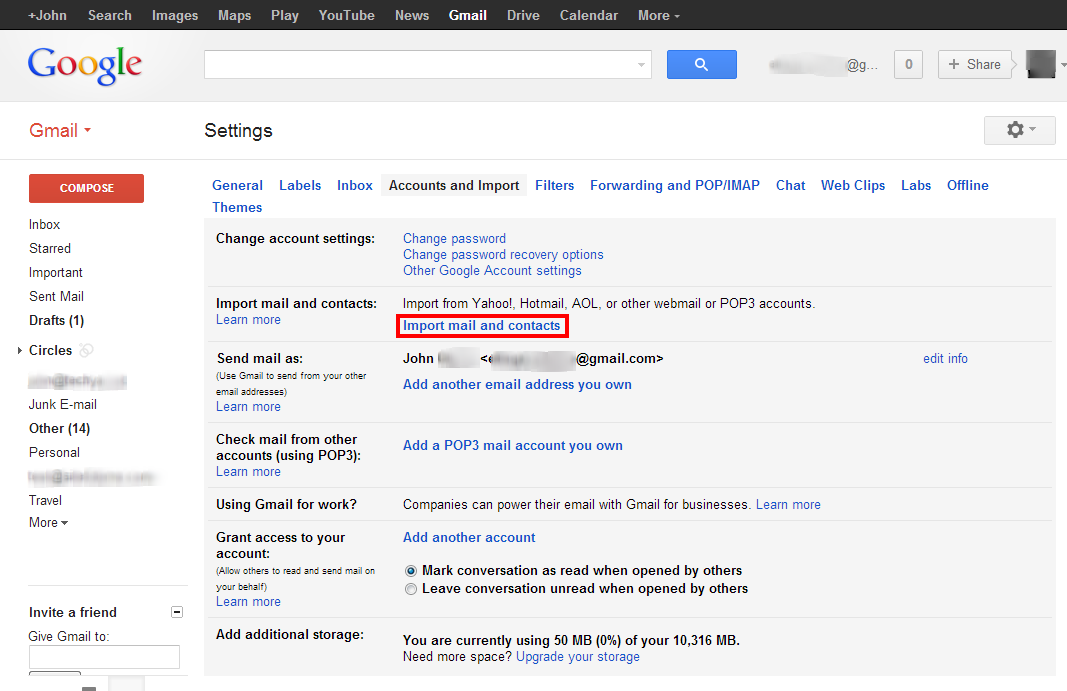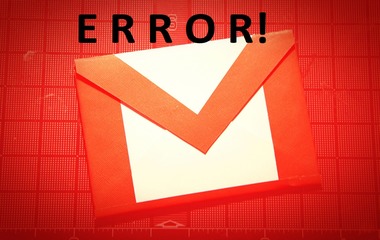

A lot of Gmail extensions have built-in designers that you can use to draft your message and designate personalization. Once you have organized your address list, you need to come up with an email template where you can place the personalization elements. This information could be a geographic location, job title, age range, or any other piece of information that is relevant to your campaign. Along with their address, you need to input the recipient’s first and last name along with some personal information so that you can properly personalize your messages.

Your address list is a list of recipients that will receive your messages. The first piece you need for a mail merge is an address list. To properly send personalized messages to your target audience, you will need to run a Gmail mail merge in your mass email extension. For a lot of people who are sending mass emails, it takes a while to get a hang of the process. I know you are not after the Javascript solution however there are some things such as the customized validation message that, from my experience, can only be done using JS.Īlso, by using JS, you can dynamically add the validation to all input fields of type email within your site instead of having to modify every single input field.Sending mass emails is an effective marketing and sales strategy for many businesses, but that does not mean that the process is simple. Also see discussion about email validation on the WHATWG mailing list (where HTML5 is designed in the first place). The resolution for this issue is relatively straightforward the sender may need to reach out to the recipient to check the email spam or blocklists and remove. For example, does technically work even though TLDs should not have MX records. Technician's Assistant: Who is your email provider (Gmail, Yahoo, Outlook, etc. In addition, some email addresses that may be syntactically or politically invalid, do work. Was that the type of email address you were actually trying to collect? Personally, I'm always interested about the latter question only, namely can the recipient actually read the message?įor example, if I accidentally type as my email address, do you think you can truly validate that string without sending me an email message? That's obviously syntactically valid email address but I cannot read any message sent to that address. To add an email account to send and receive emails from that address, we use the following steps.

How often the question you're really after is " is this email syntactically valid" instead of " can I communicate with the user using given email address"? If you validate the string more than "does it contain you're trying to answer the former question. because the user already lost credentials, typed address of somebody else or accidentally typed work email address instead of their personal email address for the given use case). It cannot check if the user can actually see the email (e.g. In other words, it's important to notice that any kind of string based validation can only check if the syntax is invalid. A user is far more likely to enter a wrong and valid email address than they are to enter an invalid one.

There is no point in trying to work out if an email address is ‘valid’. Next, we want to do some validation to ascertain if they correctlyĪny mistype will definitely result in an incorrect email address, but only maybe result in an invalid email address. It’s safe to say they understood that they were supposed to be That says “email”, and the user enters an symbol somewhere, then If you have a well laid-out form with a label Did the user correctly type their own email.Did the user understand that they were supposed to type an email.If the end user can follow validation instructions in that email message, the entered email address is correct.ĭavid Gilbertson wrote about this years ago: TL DR: The only 100% correct method is to simply check for somewhere in the entered email address and then sending a validation message to given email address.


 0 kommentar(er)
0 kommentar(er)
